Another Day of Life (2018): how much suffering to be free | cuánto sufrimiento por ser ilbre

All wars are disastrous. The fact that people murder each other in the name of a god, an ideology or for the ownership of a territory is one of the cruelest aspects of our humanity. Even wars for freedom, those in which the oppressed use violence to free themselves from the yoke of their oppressor, are regrettable because the situation that gives rise to them should not have existed in the first place. War - and what it leaves behind - is a wound in the soul of the world.
Todas las guerras son nefastas. El hecho de que las personas se asesinen unas a otras en nombre de un dios, una ideología o por la propiedad de un territorio es una de loas apectos más crueles de nuestra humanidad. Incluso las guerras por la libertad, esas en que los oprimidos hacen uso de la violencia para poder liberarse del yugo de su opresor, son lamentables porque la situación que las origina no debería haber existido en el primer lugar. La guerra - y lo que deja - es una herida en el alma del mundo.
However, there's a character in almost every war that catches my attention and that I greatly admire. It's not about the soldiers or the leaders, but about that almost always neutral witness who is there in the middle of the trenches and the crossfire with the mission of informing the world about what's happening and the objective of bringing the truth: the correspondent of war. Now technology has advanced a lot, there are greater communication facilities, satellites and robots can take care of certain surveillance and transmission tasks, and also the immediacy of information and the access of ordinary people to smartphones and the Internet, allows what happens anywhere can be known almost immediately throughout the world. But before it wasn't like that and that's why, in an uninformed world that could not have its eyes in every corner, brave, risky and committed people were needed to go to the lands in conflict to tell, through the agencies press, what was happening. There have been many such men and women, in fiction and in reality, but one of the most remembered is the Polish Ryszard Kapuściński, a foreign correspondent who covered the most relevant news of the moment in fifty countries and who in 1976, After one of the most stimulating and reckless experiences that any person can live, he published the book Jeszcze dzień życia (One more day alive), on which the film that I bring you today is based and which was also the favorite of the author among all those he published.
Sin embargo, hay un personaje en casi toda guerra que a mí me llama la atención y que admiro muchísimo. No se trata de los soldados o los dirigentes, sino de ese testigo casi siempre neutral que está allí en medio de las trincheras y el fuego cruzado con la misión de informar al mundo sobre lo que pasa y el objetivo de llevar la verdad: el corresponsal de guerra. Ahora la tecnología ha avanzado mucho, hay mayores facilidades de comunicación, satélites y robots pueden encargarse de ciertas tareas de vigilancia y transmisión, y además la inmediatez de la información y el acceso de las personas comunes a los smartphones y a internet, permite que lo que sucede en cualquier lugar pueda ser conocido casi de inmediato en todo el mundo. Pero antes no era así y por eso, en un mundo desinformado que no podía tener los ojos en cada rincón, se necesitaba de personas valientes, arriesgadas y comprometidas con la verdad que fueran a las tierras en conflicto para contar, a través de las agencias de prensa, lo que estaba sucediendo. Hombres y mujeres así han existido muchos, en la ficción y en la realidad, pero uno de los más recordados es el polaco Ryszard Kapuściński, corresponsal en el extranjero que cubría las noticias más relevantes del momento en una cincuentena de países y que en 1976, después de una de las experiencias más estimulantes y temerarias que puede vivir persona alguna, publicó el libro Jeszcze dzień życia (Un día más con vida), en el cual se basa la película que les traigo hoy y el que además era el preferido del autor entre todos los que publicó.

After five centuries of uninterrupted occupation, Portuguese colonialism withdrew from its African colonies in 1975, Angola being the most important of all. But things were not as easy as leaving and handing the country over to its people, because who were they going to hand it over to if all the inhabitants of the country had been born and lived under occupation all their lives? If we add to this that a war was already occurring due to the fight for independence and that not all factions - although they wanted to free themselves from Portugal - were in agreement, it's logical that the consequence would have been precisely what occurred: a civil war. A battle for power that lasted for 27 years (!) and when it all began, there in the city of Luanda was a brave and committed reporter named Ryszard Kapuściński.
Tras cinco siglos de ocupación ininterrumpida, el colonialismo portugués se retiró de sus colonias africanas en 1975, siendo Angola la más importante de todas. Pero las cosas no eran tan fáciles como marcharse y entregar el país a su gente, porque ¿a quién se lo iban a entregar si todos los habitantes del país habían nacido y vivido bajo ocupación toda su vida? Si a ello sumamos que ya venía ocurriendo un conflicto bélico por la lucha de la independencia y que no todas las facciones - aunque querían liberarse de Portugal - estaban de acuerdo, es lógico que la consecuencia hubiera sido precisamente la que ocurrió: una guerra civil. Una batalla por el poder que se extendió durante 27 años (!) y cuando todo comenzó, allí en la ciudad de Luanda estuvo un reportero valiente y comprometido llamado Ryszard Kapuściński.
One must consider the date and historical context to understand what happened. By 1975, 30 years had passed since the end of World War II, but by that time the unarmed ideological conflict known as the Cold War was at its height. For decades, the US and the USSR (Soviet Union) didn't directly attack each other, but every corner of the planet where the liberal, capitalist ideal was pitted against the leftist socialist system was the playground of these two powers. Angola was one more scene of this conflict. At the beginning it was only Angolans who wanted to liberate their country and live in a free land, but later, one side and the other received financing, aid, arms and human resources from the two axes. One side was supported by the USA and Israel; the other was supported by Cuba and the USSR (there were even Cuban soldiers who fought in that war). And to know all this you couldn't enter Instagram, there was no internet, you had to be there in person. After the Portuguese, soldiers and civilians left, after the police and the fire department left, after the city's sanitation workers left (can you imagine the chaos that was the city of Luanda without authorities, without commerce, almost without people and turned into a dump?), Only a few reporters remained to cover the story, but none were as daring as Kapuściński who asked to be sent to the South of Angola, to the front lines, where South Africa (supported by the USA) was rumored to be threatening to invade Angolan territory.
Hay que considerar la fecha y el contexto histórico para entender lo que sucedió. Para 1975 habían pasado 30 años desde el final de la segunda guerra mundial, pero para esa época el conflicto ideológico no armado conocido como la Guerra Fría estaba en su apogeo. Durante décadas, los EEUU y la URSS (Unión Soviética) no se atacaron directamente, pero cada rincón del planeta en el que se enfrentó el ideal liberal y capitalista contra el sistema socialista de izquierda, fue el patio de juegos de estas dos potencias. Angola fue un escenario más de ese conflicto. Al principio sólo se trataba de Angoleños que querían liberar a su país y vivir en una tierra libre, pero luego, uno y otro lado recibieron financiamiento, ayuda, recursos armamentísticos y humanos de los dos ejes. Un lado fue apoyado por los EEUU e Israel; el otro fue respaldado por Cuba y la URSS (incluso hubo soldados cubanos que lucharon en esa guerra). Y para saber todo esto no se podía entrar a Instagram, no existía la internet, había que estar allí de cuerpo presente. Después de que se marcharan los portugueses, soldados y civiles, después de que se retirara también la policía, el cuerpo de bomberos, después de que se fueran los trabajadores de los servicios de aseo de la ciudad (¿pueden imaginarse el caos que era la ciudad de Luanda sin autoridades, sin comercio, casi sin personas y convertido en un basurero?), sólo unos pocos reporteros se quedaron para cubrir la noticia, pero ninguno fue tan osado como Kapuściński que pidió ser enviado hacia el Sur de Angola, al frente de batalla, en donde se rumoraba que Sudáfrica (apoyada por los EEUU) amenazaba con invadir el territorio Angoleño.
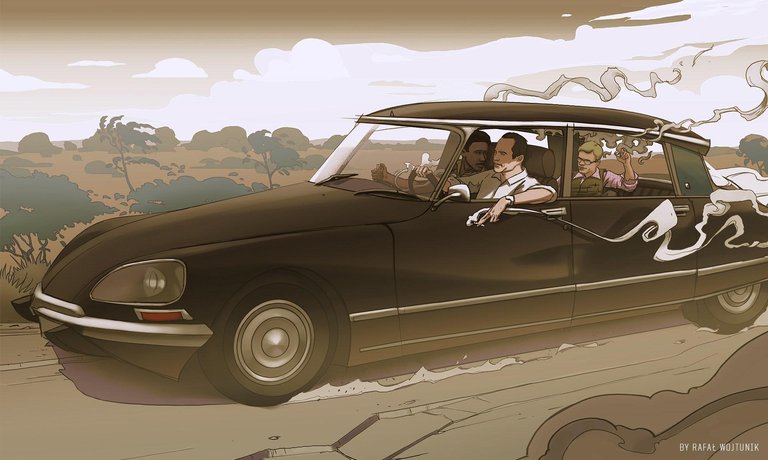
In his book, Kapuściński narrates what those months he lived back and forth were like, from the loneliness of a half-ruined and empty hotel where he was the only guest, to the crossfire, roadblocks, uncertainty and confusion that reigned in Luanda, Benguela, Caxito, Quilengues Pereira d'Eca and every city in Angola; and he also pays tribute to several characters he was able to meet, some of whom lost their lives during those weeks.
En su libro, Kapuściński narra lo que fueron esos meses que vivió de un lado para el otro, desde la soledad de un hotel medio ruinoso y vacío en el que él era el único huésped, hasta el fuego cruzado, los controles de carretera, la incertidumbre y la confusión que reinó en Luanda, Benguela, Caxito, Quilengues Pereira d'Eca y cada ciudad de Angola; y también rinde homenaje a varios personajes que pudo conocer, algunos de los cuales perdieron la vida durante esas semanas.
The spirit of the book is very well reflected in Another Day of Life, the film directed by Raúl de la Fuente and Damian Nenow, who wrote the screenplay with Niall Johnson, Amaia Remírez and David Weber. I liked that in addition to including passages from the book, the directors had decided to incorporate additional personal information about Kapuściński and that they had written that prologue in which the reasons for the conflict are very well contextualized. Although this film is classified as an animated documentary film, it also includes real footage of interviews with some survivors of the war who knew Ricardo, as they used to call Kapuściński. For me it was very exciting to be able to put faces to Artur, Luis Alberto and Farrusco and to have seen recordings of Carlota, a central character in the Polish writer's narrative. In addition, the combination of real scenes from the present day with hyper-realistic animation that allows us to manipulate scenarios and sequences until they become nightmares, is powerful and successful in communicating the horrors of any war. Another Day of Life won multiple awards, including the Goya, and is one of the best animated films (for adults) that exist, in addition, although the original story is terrible and painful, both the film and the book by Kapuściński are testimonies as wonderful as necessary, have you seen this film? have you read the book by the Polish reporter? I read you in the comments.
El espíritu del libro está muy bien reflejado en Another Day of Life, la película dirigida por Raúl de la Fuente y Damian Nenow, quienes escribieron el guión junto a Niall Johnson, Amaia Remírez y David Weber. Me gustó que además de incluir pasajes del libro, los directores hubieran decidido incorporar información personal adicional sobre Kapuściński y que hubieran escrito ese prólogo en el que se contextualizan muy bien las razones del conflicto. Si bien esta cinta está catalogada como película documental de animación, también incluye metraje real de entrevistas realizadas a algunos sobrevivientes de la guerra que conocieron a Ricardo, como solían llamar a Kapuściński. Para mí fue muy emocionante poder ponerle rostro a Artur, Luis Alberto y Farrusco y haber visto grabaciones de Carlota, un personaje central en la narración del escritor polaco. Además, la combinación de escenas reales de la actualidad con una animación hiperrealista que permite manipular escenarios y secuencias hasta convertirlos en pesadillas, es poderosa y acertada a la hora de comunicar los horrores de cualquier guerra. Another Day of Life obtuvo múltiples premios, entre ellos el Goya, y es una de las mejores películas animadas (para adultos) que existen, además, si bien la historia original es terrible y dolorosa, tanto la película como el libro de Kapuściński son testimonios tan maravillosos como necesarios, ¿han visto esta película? ¿han leído el libro del reportero polaco? Los leo en los comentarios.
Reseñado por @cristiancaicedo
Other posts that may interest you | Otros posts que pueden interesarte:
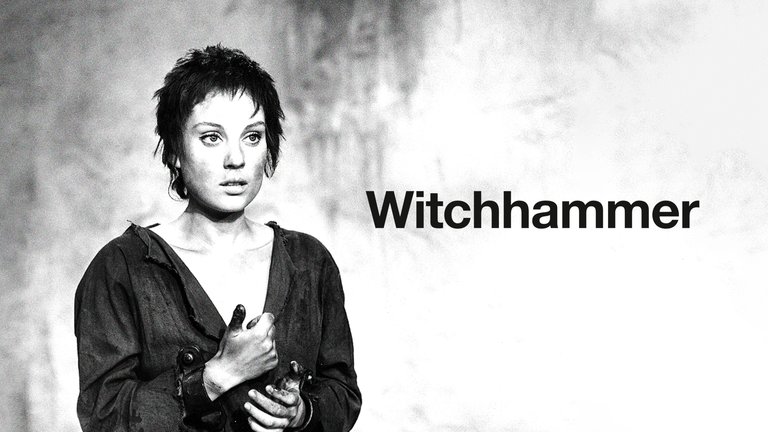 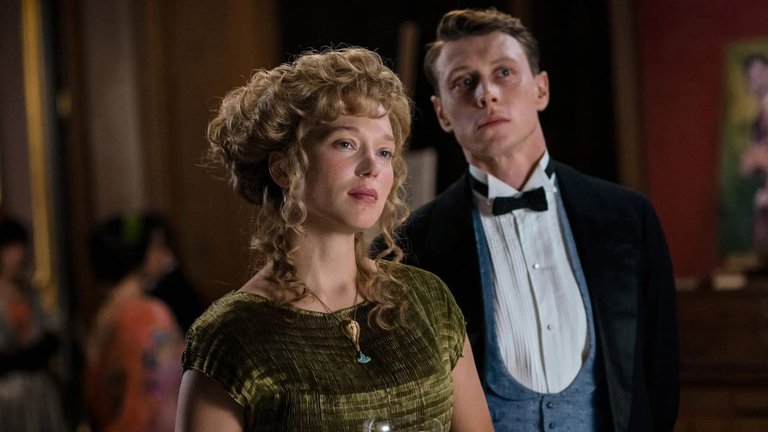  |
|---|
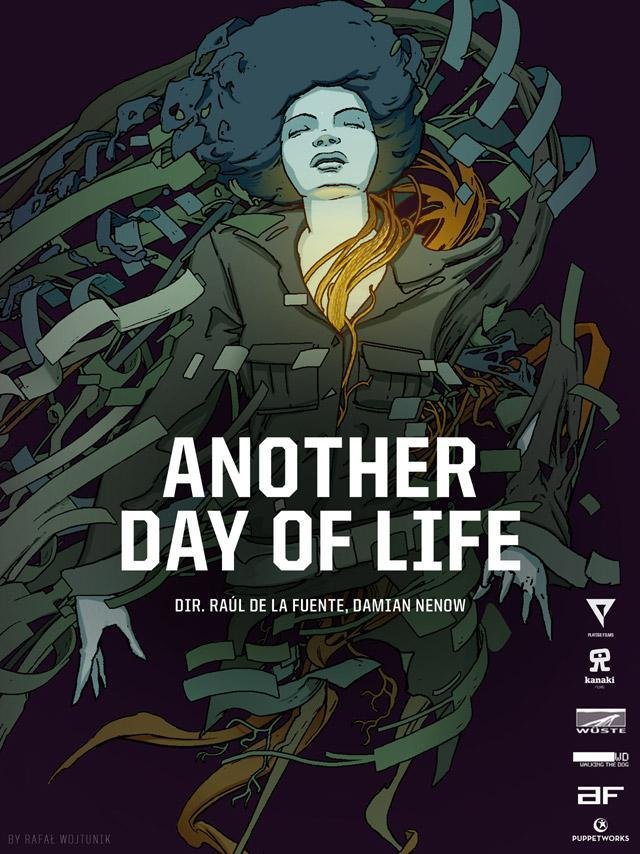
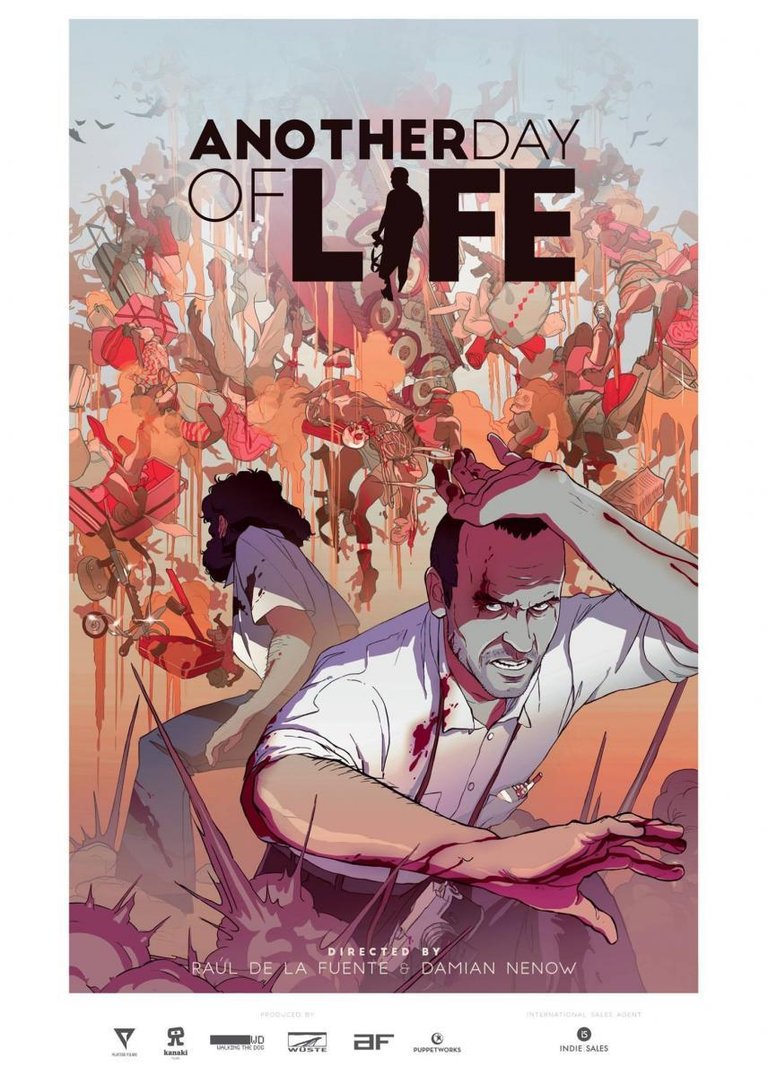
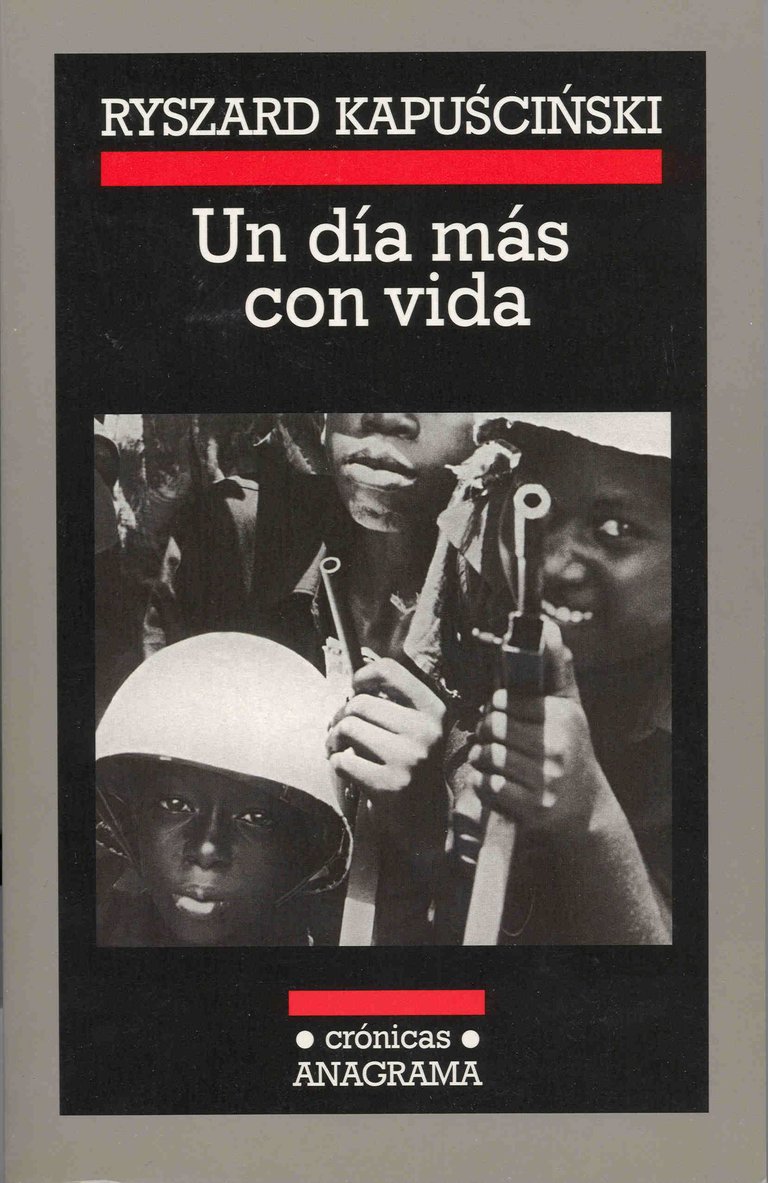

It is really a good review. The sufferings for getting freedom is greatly captured here. Presenting a complex things in a movie is really praise worthy. Thanks for sharing 😊💕
Thanks for reading my post
se ve interesante, buen post!
looks interesting, good post!